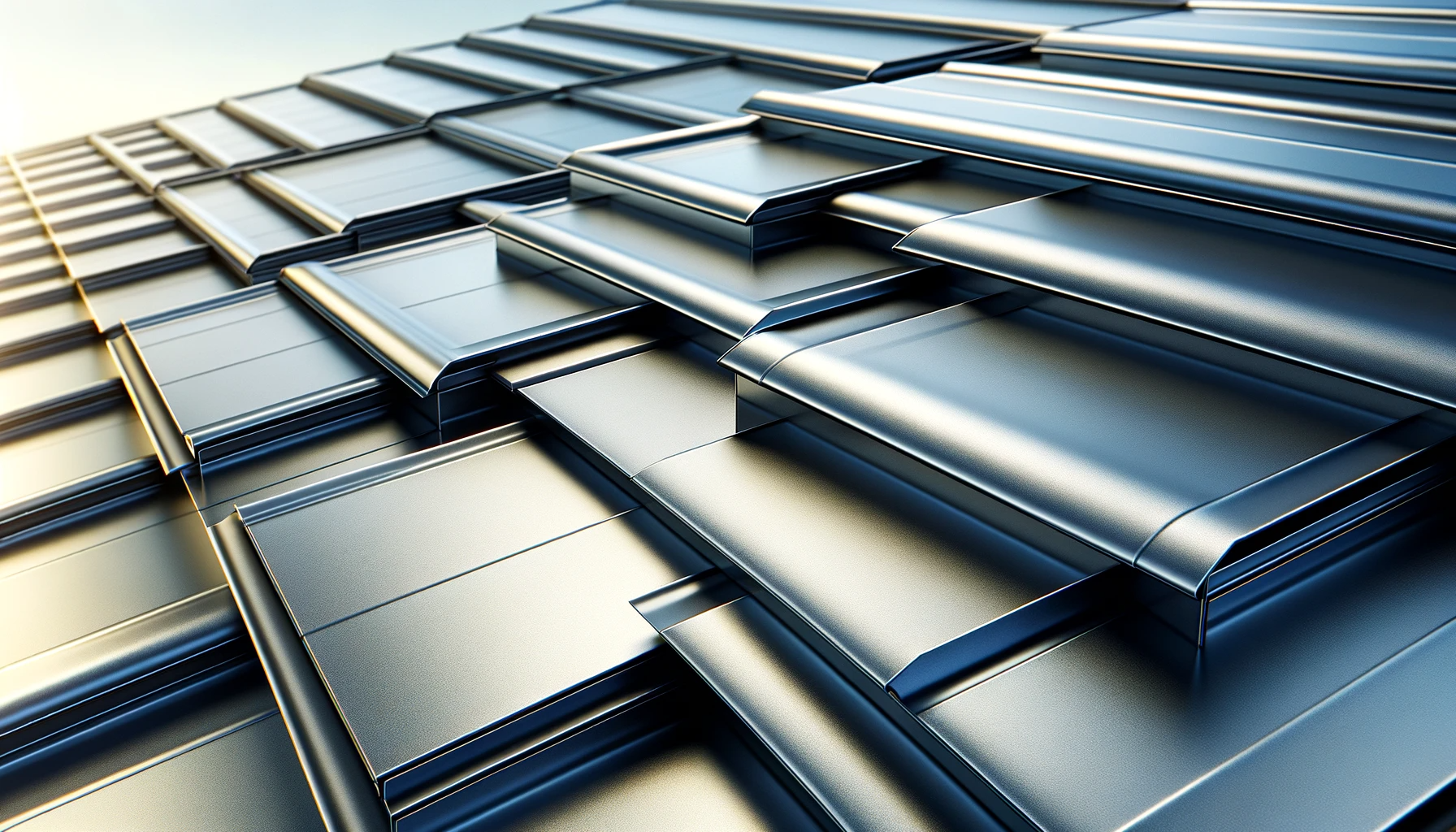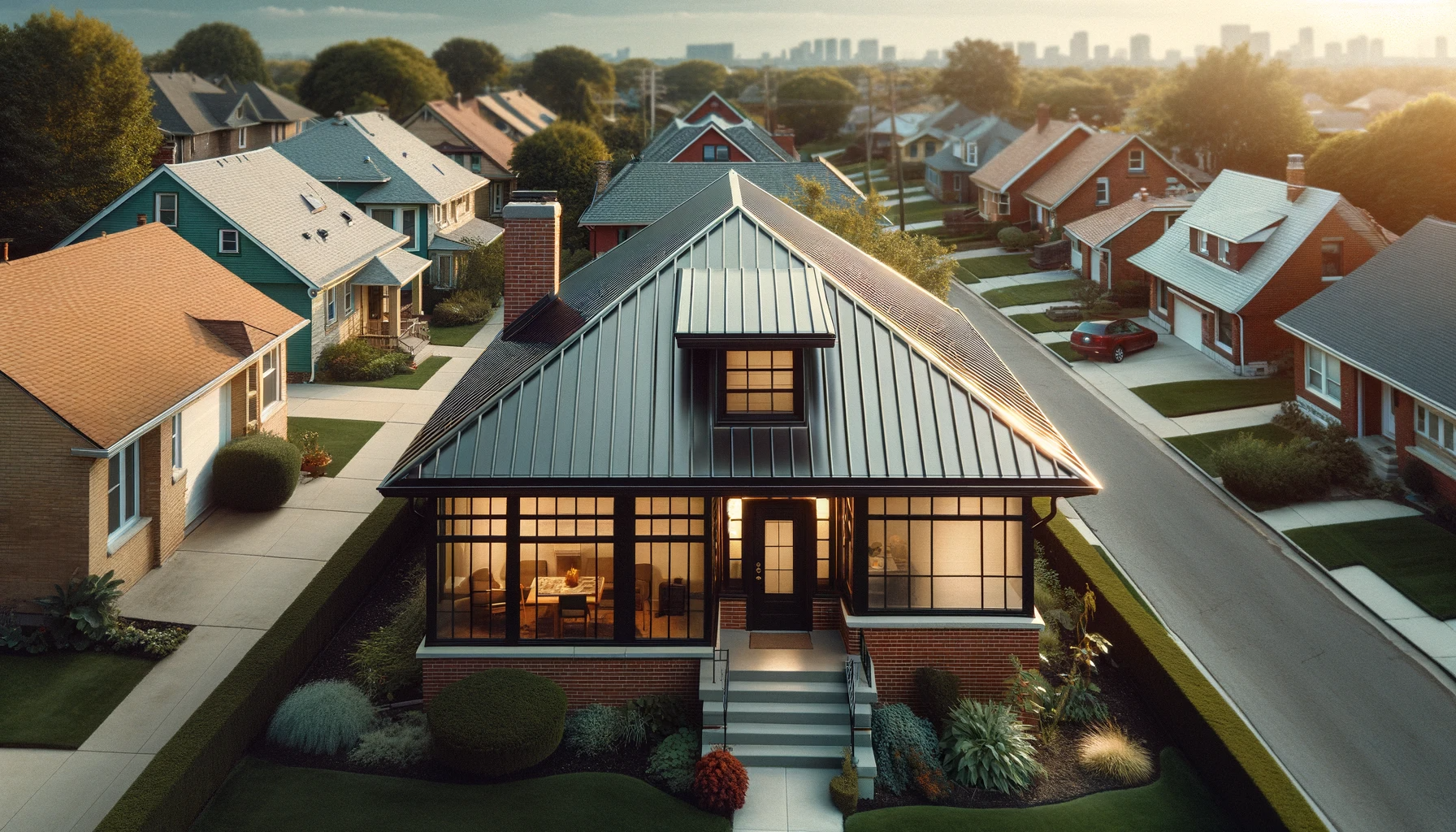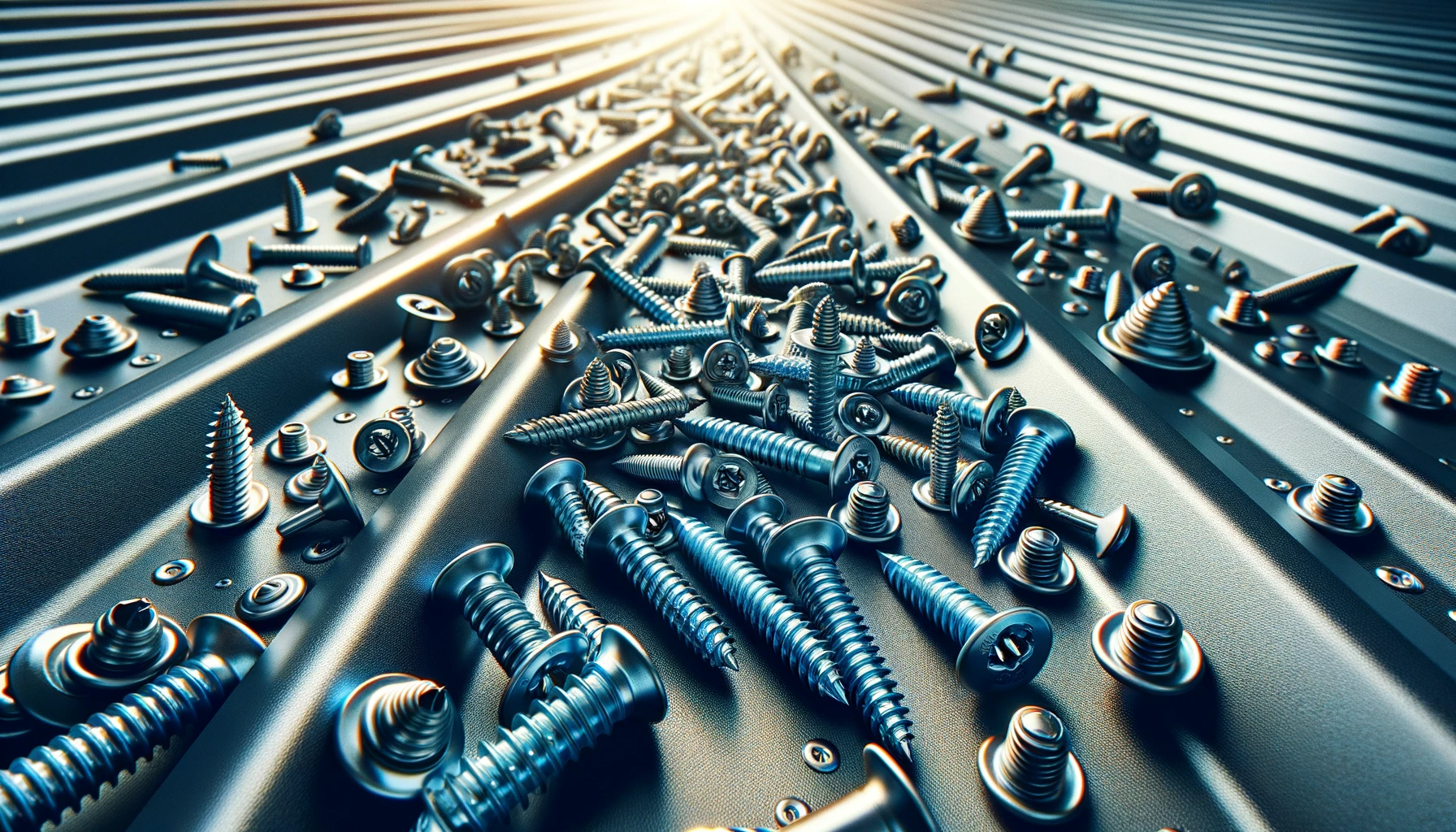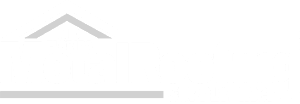Metal Roofing in Florida: The Premier Choice for Sunshine State Homes
Living in Florida presents unique challenges for homeowners, especially when it comes to choosing the right materials for their homes. The state's hot, humid climate, coupled with the threat of severe weather conditions, demands a roofing solution that is durable, reliable, and cost-effective. Metal roofing emerges as a superior choice for Floridian homes, providing an array of benefits that go beyond just aesthetics. Let’s explore why metal roofing is increasingly becoming the top choice for homeowners in the Sunshine State.
Unrivaled Durability
In an area known for its severe weather, including hurricanes, tropical storms, and extreme heat, the durability of a roofing material is a critical consideration. Metal roofs excel in this regard. They are designed to withstand wind gusts of up to 140 miles per hour, making them highly resistant to wind damage. Unlike traditional roofing materials that can degrade over time due to exposure to the elements, metal roofs maintain their integrity for decades. This durability ensures that homeowners save money in the long run by avoiding frequent repairs or replacements.
Longevity
While the initial cost of a metal roof may be higher than other roofing materials, its longevity makes it a cost-effective solution over time. Metal roofs can last 40 to 70 years, depending on the material, compared to 12 to 20 years for asphalt shingle roofs. This extended lifespan means homeowners can enjoy peace of mind knowing their investment will last for decades.
Energy Efficiency
Florida’s intense sun can lead to high cooling costs. Metal roofs reflect solar radiant heat, which can reduce cooling costs by 10-25%. This reflective property means less heat is transferred into the home, easing the burden on air conditioning systems and leading to significant energy savings. In addition to cost savings, this also makes metal roofing an environmentally friendly option.
Fire Resistance
Safety is a paramount concern, especially in areas prone to lightning strikes and wildfires. Metal roofing materials are noncombustible, which provides an added layer of protection. This resistance to fire can be a critical factor for homes in rural areas or near wooded regions where the risk of fire is higher.
Increases Property Value
Investing in a metal roof can also lead to an increase in property value. Thanks to their durability, longevity, and energy efficiency, homes with metal roofs are often appraised higher than those with traditional roofing materials. Additionally, the modern and versatile aesthetic appeal of metal roofs can enhance the overall appearance of a property, making it more attractive to potential buyers.
Low Maintenance
Another significant benefit of metal roofing is its low maintenance requirements. Unlike other roofing materials that may need regular cleaning, repairs, or replacements, metal roofs require minimal upkeep. This can be particularly advantageous for homeowners who prefer a “set it and forget it” type of roofing solution.
Variety and Aesthetic Appeal
Gone are the days when metal roofs were only available in a limited range of styles and colors. Today, they come in a wide array of designs, colors, and finishes, allowing homeowners to choose options that perfectly complement their home’s architectural style. Whether it’s a traditional look or a more contemporary design, there’s a metal roofing style to suit every preference.
Weather-Resistant
Metal roofs are not only resistant to high winds but also to other elements like rain and hail. Their interlocking panels provide excellent water shedding, making them highly resistant to leaks. This is particularly important in Florida, where heavy rainfalls are common.
Environmental Sustainability
Metal roofing is one of the most environmentally friendly roofing options available. Most metal roofs contain at least 25% recycled materials and are 100% recyclable at the end of their life. This contrasts sharply with asphalt shingle roofs, where millions of tons end up in landfills each year.
Sound Insulation
Contrary to popular belief, modern metal roofs can be just as quiet as other roofing materials. When installed with proper insulation and underlayment, metal roofs can effectively dampen noise from rain and hail.
Conclusion
The benefits of metal roofing for Florida homes are clear. From its exceptional durability and longevity to its energy efficiency, low maintenance, and aesthetic appeal, metal roofing stands out as a superior choice for homeowners in the Sunshine State. By investing in a metal roof, homeowners can enjoy long-term savings, enhanced safety, and peace of mind, knowing their home is well-protected against the unique challenges of the Florida climate.
Related Posts



Keep connected… join our email list
Roofing & steel building industry information, product updates, new releases, special offers, news and more direct from our corporate office.
Contact Us
Thank you for subscribing.
We will be in your inbox soon.
Please try again later.

Copyright 2024 Mid Florida Metal Roofing Supply, Inc. | All Rights Reserved | Designed by Yeppy Marketing Agency | Privacy Policy
